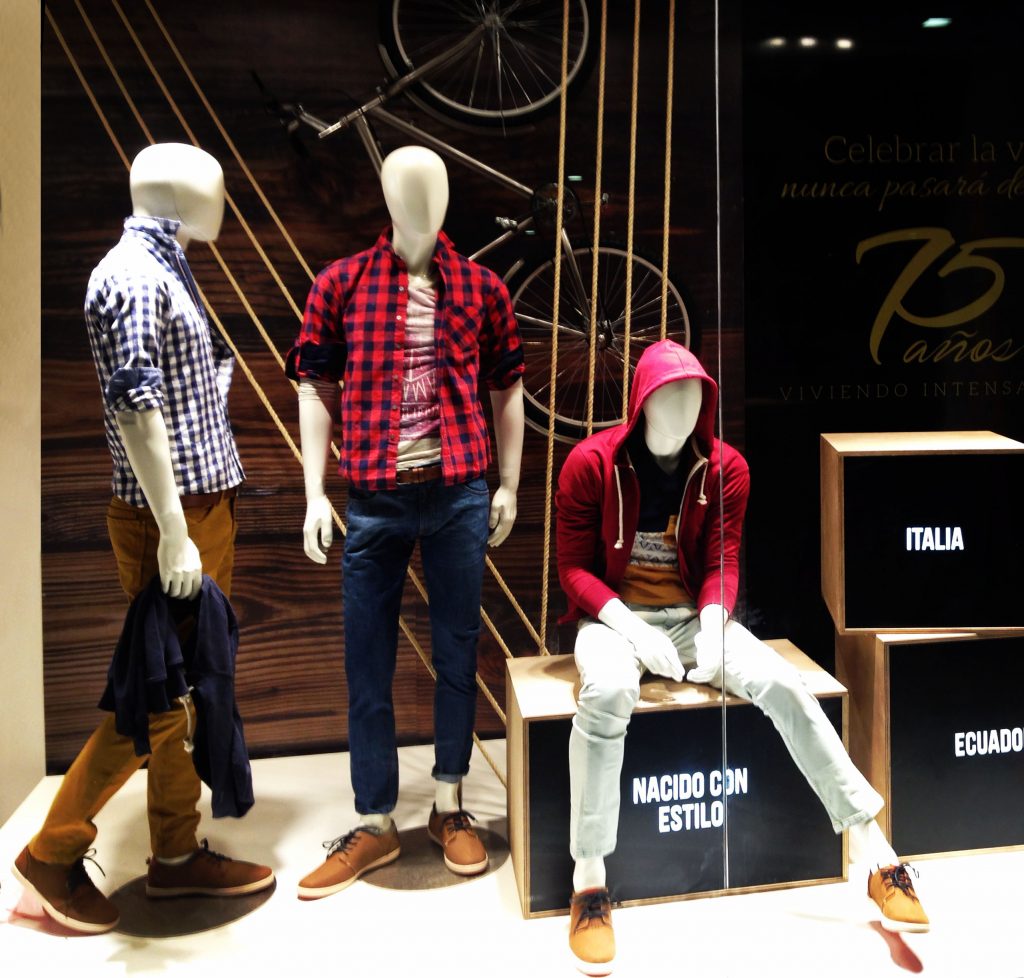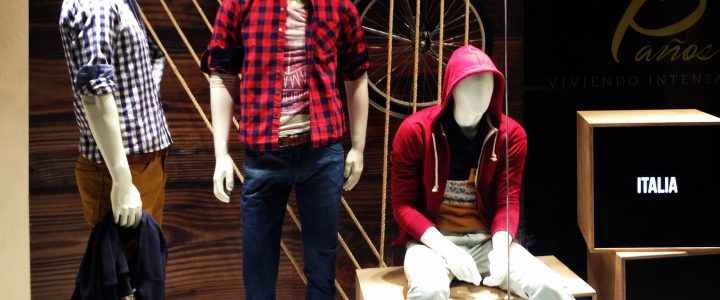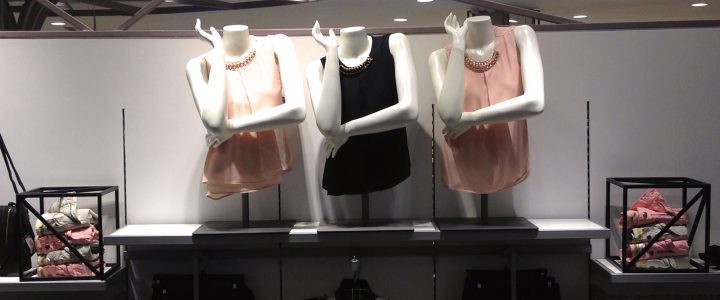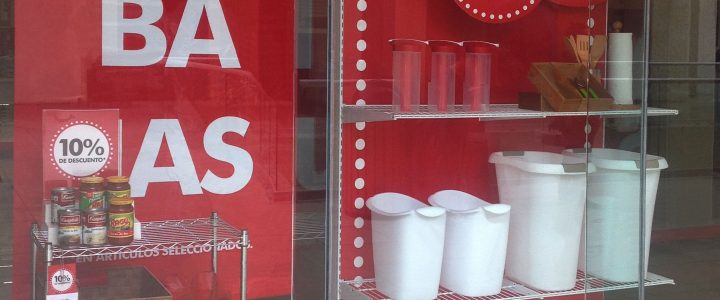
Being assertive helps you more than being quick..
Speaking of fashion, it's volatile and unpredictable. What's popular today may not be popular tomorrow. That's the risk faced by retailers when they fill their stores with fashion that's no longer what they're looking for. You have to take care of every aspect of the business, keep it impeccable, and believe in customer satisfaction as the company's hallmark.
That's why I present you with a decalogue that will make you successful in your daily decisions in the fashion retail business.
IS THE STORE REALLY ATTRACTIVE? To perform this analysis, you need to stand in front of the store and ask yourself this question: If you were a customer, would you come in? Does what you have in the window displays invite you to come in? We need to find an excuse to get people into our store. Appropriate visual merchandising can be the solution to this lack of attraction.
CONGRUENCE Both outside the store and inside. It's sad to see big brands with impeccable, vibrant, ever-changing catalogs, but still have a store they haven't renovated in years. I think the same love and enthusiasm that goes into making some things should prevail in all others. It's important not to disappoint the consumer, who expects you to be the same as you are on the outside.
REAL PROMOTIONS Are your customers accustomed to constant discounts? Consider why customers don't buy at full price. Are your prices high? Are your campaigns always discounted? Overwhelmed by discount messages. Be careful how you speak to customers. Often, you can subtly suggest a promotion and avoid being discounted.
TAKE CARE OF EMPLOYEES SO THEY CAN TAKE CARE OF CUSTOMERS Richard Branson of the Virgin Group recommends that employee care directly impacts how they treat customers. It's unpleasant to be served by an unmotivated salesperson or to enter a store with a conflicted staff. As a consumer, you immediately notice this in the service you receive, and you never return.
AVOID IMPROVISATION There's nothing worse than a series of untimely actions in a store. All it does is create conflict among staff, jeopardizing sales success. Improvisation doesn't bring clarity and only causes a store to be inconsistent with other branches. If this is your case, you need to implement a standardization project and involve buyers and store owners. Everyone should know a week in advance what's going to happen in their store, or this will depend on the size of the actions.
PLEASANT CUSTOMER EXPERIENCE Taking care of the details that add value to the brand experience. Neuromarketing authors explain that a pleasurable shopping experience is achieved when we engage the senses in different ways, starting with sight and then hearing. Make sure that what your customer sees is aesthetically appealing and then offer them audio that matches the environment. The most common mistake is thinking that music is made for salespeople, but that's not the case. Everything should be customer-focused to make them feel good and spend more time in our store.
THE COMPETITION. We mustn't lose sight of it, how is it? What do they have that I don't? How do I communicate to the customer that I have products that are different from my competitor's? We must always be clear about who the competition is or what brand, indirectly, is our competition. There must be a record that says week after week what the competition has, at what price, in what composition, in what colors, what quantity, etc. And everyone in the brand must be aware of it. Not just a cursory review, become a mystery shopper of the competition, all brands do this, look at their window displays, their pricing strategy, the colors, what they have at the entrance, etc. Feel calm, everyone does this.
THE HISTORY A retail business without sales records is a ship adrift. The past must be firmly in mind. Last year's success will be a headache for the following year, as you must exceed sales expectations, maintain healthy inventory in good condition to drive sales, and do more with the same amount of space. For these reasons, history informs future decisions; current sales failures must be taken into account to develop well-founded strategies. In retail, there should be no assumptions; we must take calculated risks.
LOSES LOVE FOR STOCKThis can be your worst enemy if you don't really know it. You must monitor it constantly, day after day. Know its size, what it's about, and how long it's been on the sales floor. Numbers can be your best tool, but working sessions with sales floor staff and purchasing teams are a good strategy for gaining information about stock performance for decision-making and ensuring sales success.
TRAIN YOUR STAFF. Develop a sales-minded approach in your staff. Sharpen their eye so they can recognize macro trends and, above all, see the business as an opportunity for professional development and know they're part of a growth that's alongside the brand. Make them proud of it, even if they aren't customers.
Retail has many perspectives, many nooks and crannies where business can be done, and it would be difficult for 10 points to achieve brand success. But here are the ones that involve the POINT OF SALE, PRODUCT, and STAFF, which are key elements for creating a driving force for good results. I believe all brands always have the same objective in mind: to sell. What good would an attractive store do with poor products, or vice versa?
Pablo Román is the founder of the Merchan//LAB agency, where a team of industrial, fashion and graphic designers with expertise in fashion collaborates. “Shopping experience "It's the new guiding principle of fashion. Consumers are no longer satisfied with just purchasing products; they now want something more. Something the brand is willing to share with customers to encourage them to return to the store." Customers don't quite know what they want, but when they see it, they recognize it. PR.









